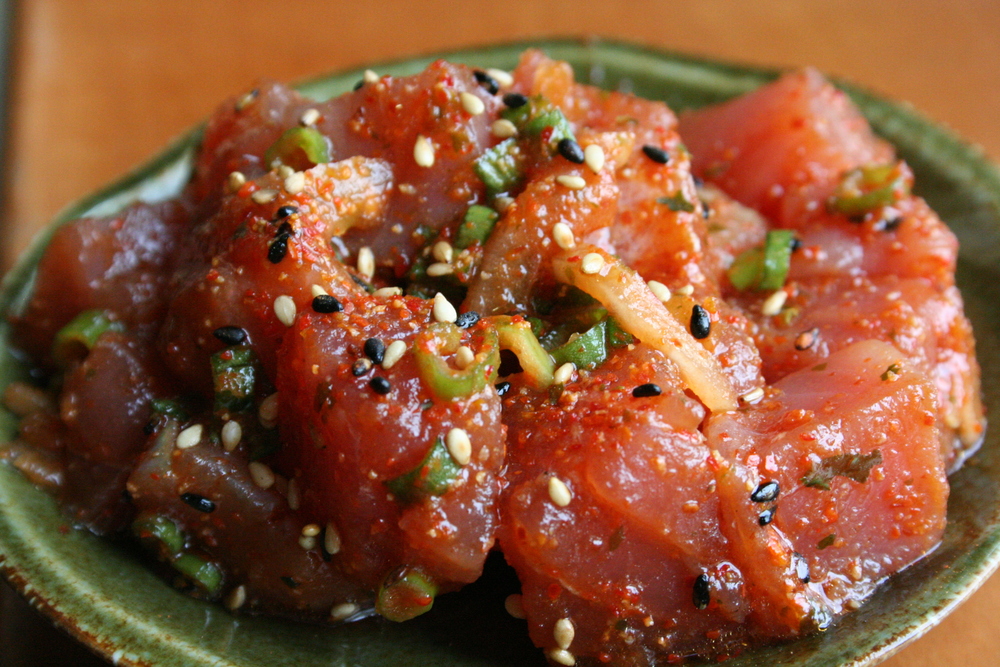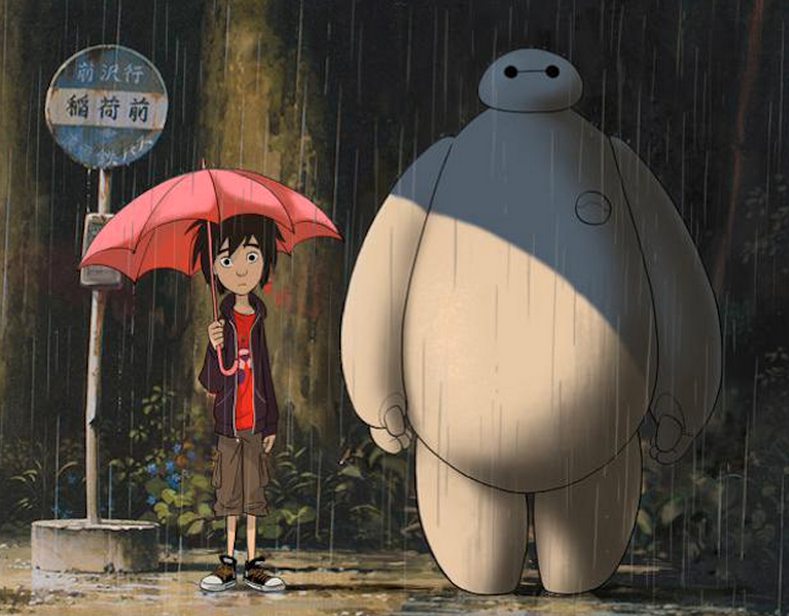Do you cringe at the thought of eating raw fish or skip out on sashimi at a sushi restaurant? Well, you may soon be warming up to the idea because Hawaiian poke is becoming increasingly popular in Southern California. Perhaps locals are taking more Hawaiian vacations and the demand to bring those island flavors home are high. Or maybe more of our island neighbors are moving to the mainland. Whatever the reason is, Hawaiian poke is welcome to make its tasty mark.
In Hawaiian, “poke” means “to slice or cut.” Traditionally, the dish consisted simply of fresh cut fish with sea salt, candlenut, seaweed and limu (algae). It wasn’t until the 19th century that other vegetables, such as the Maui onion, were incorporated. According to food historian Rachel Laudan, the poke we are familiar with today did not become popular until the 1970s. Although it is only recently that food fanatics are feasting on this tasty yet healthy dish, poke is not new to the food industry. It has been quietly waiting in various American restaurants, served only as an appetizer and waiting to be discovered as a main dish.

Modern poke is a salad typically made with cubed raw fish (usually tuna), sea salt, seaweed, tomatoes, onions and soy sauce. However, with its growing popularity and poke restaurants slowly popping up, there are now several variations of this dish. At some restaurants, such as Northshore Poke Company, patrons may customize their food by selecting their type of fish, flavor, spice level and whether they would like their fish served as a salad or in a rice bowl. If you’re feeling a bit more adventurous, there are also poke nachos and poke tacos.
Raw fish isn’t always the most appetizing term, but Hawaiian poke is packed with so much flavor, it certainly won’t leave you with a bad taste in your mouth.
Feature image courtesy of Northshore Poke Company.










